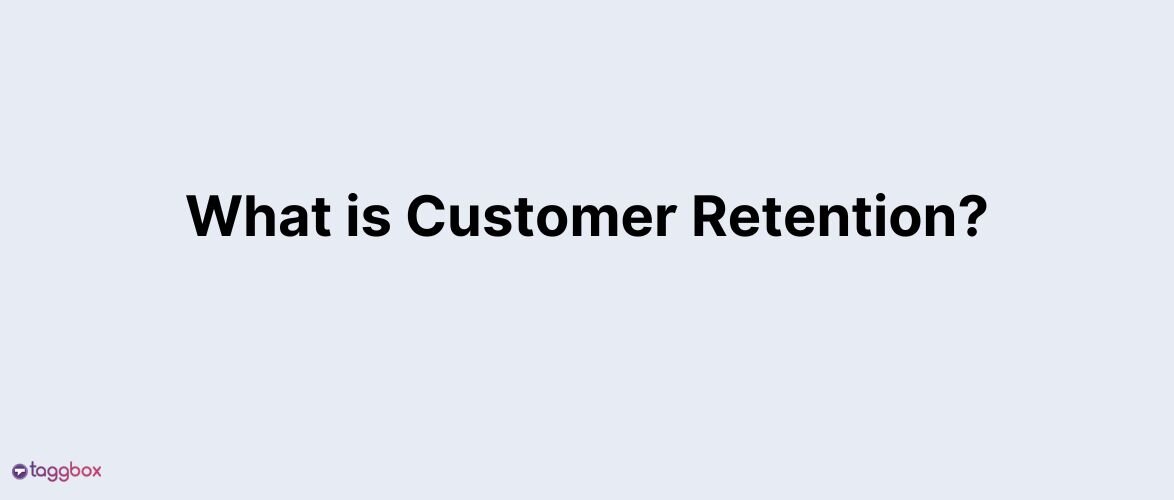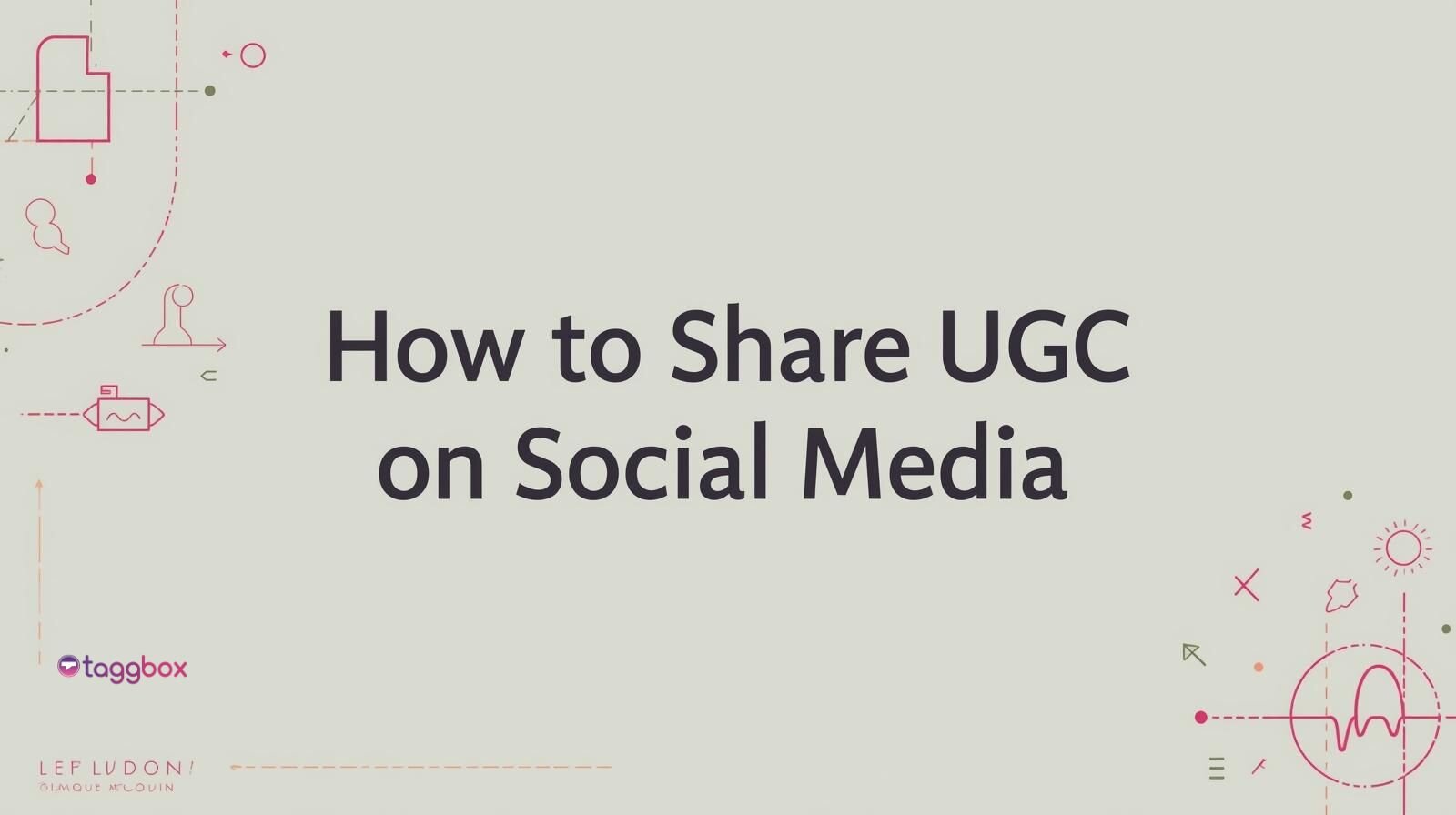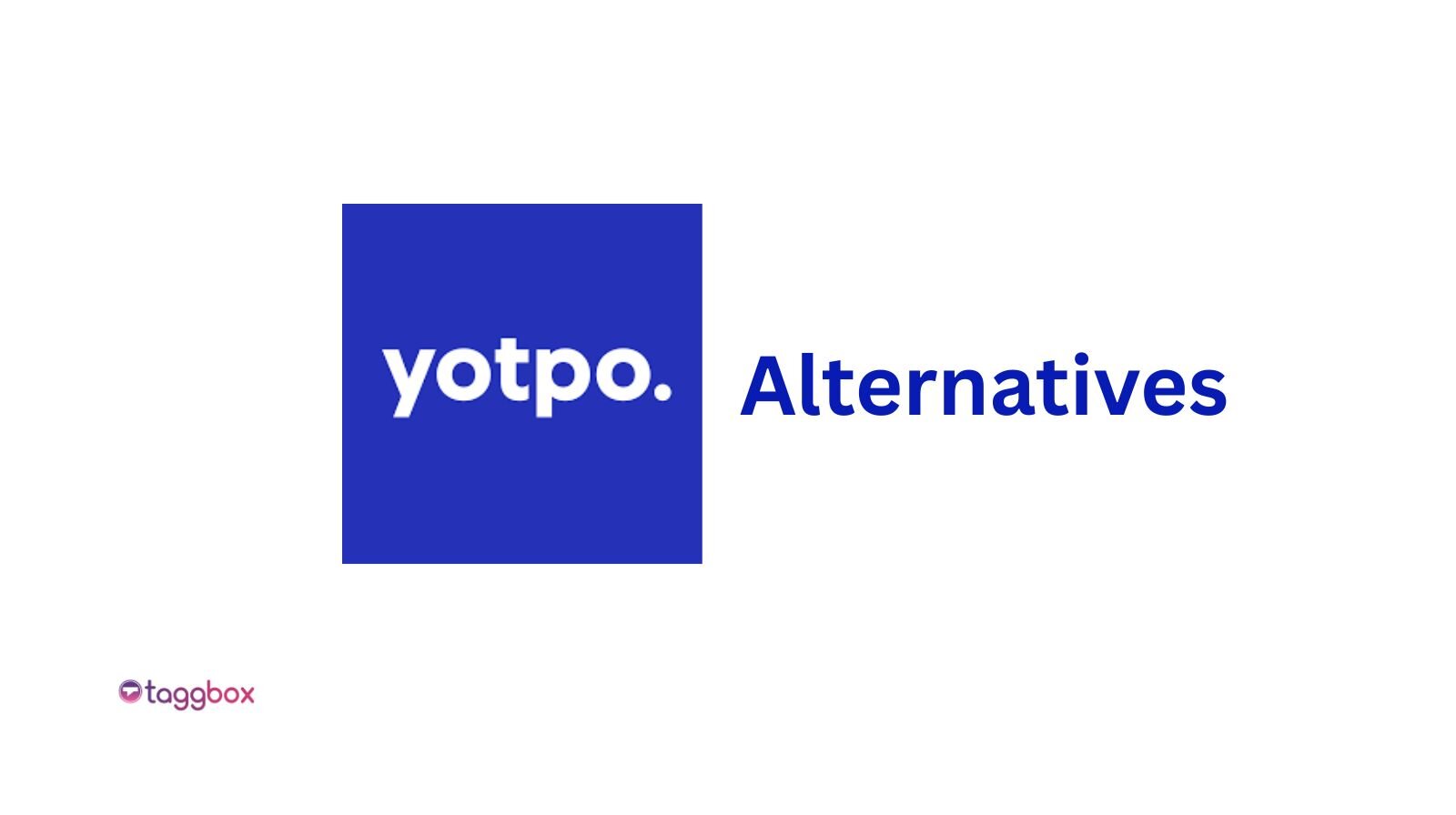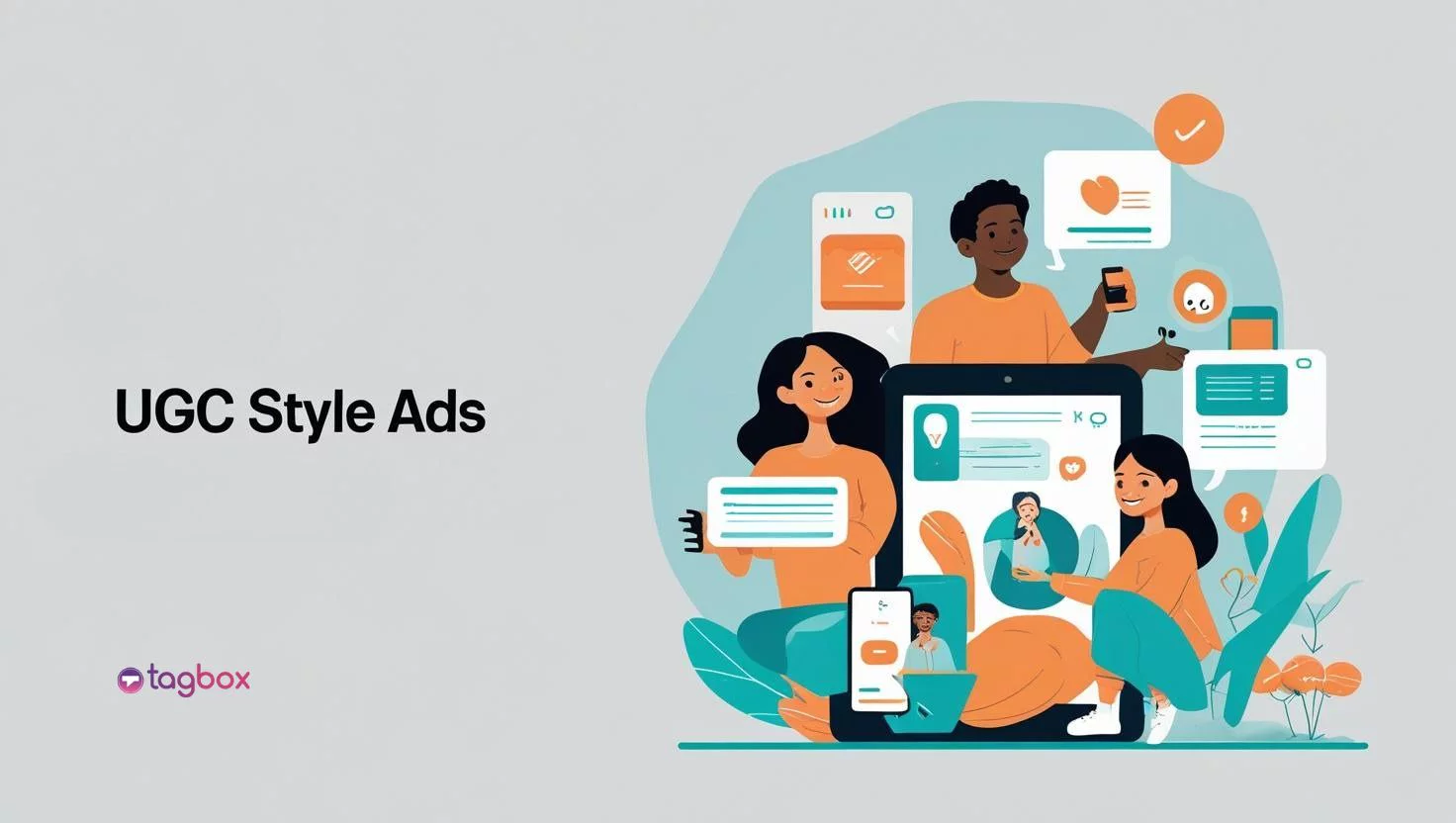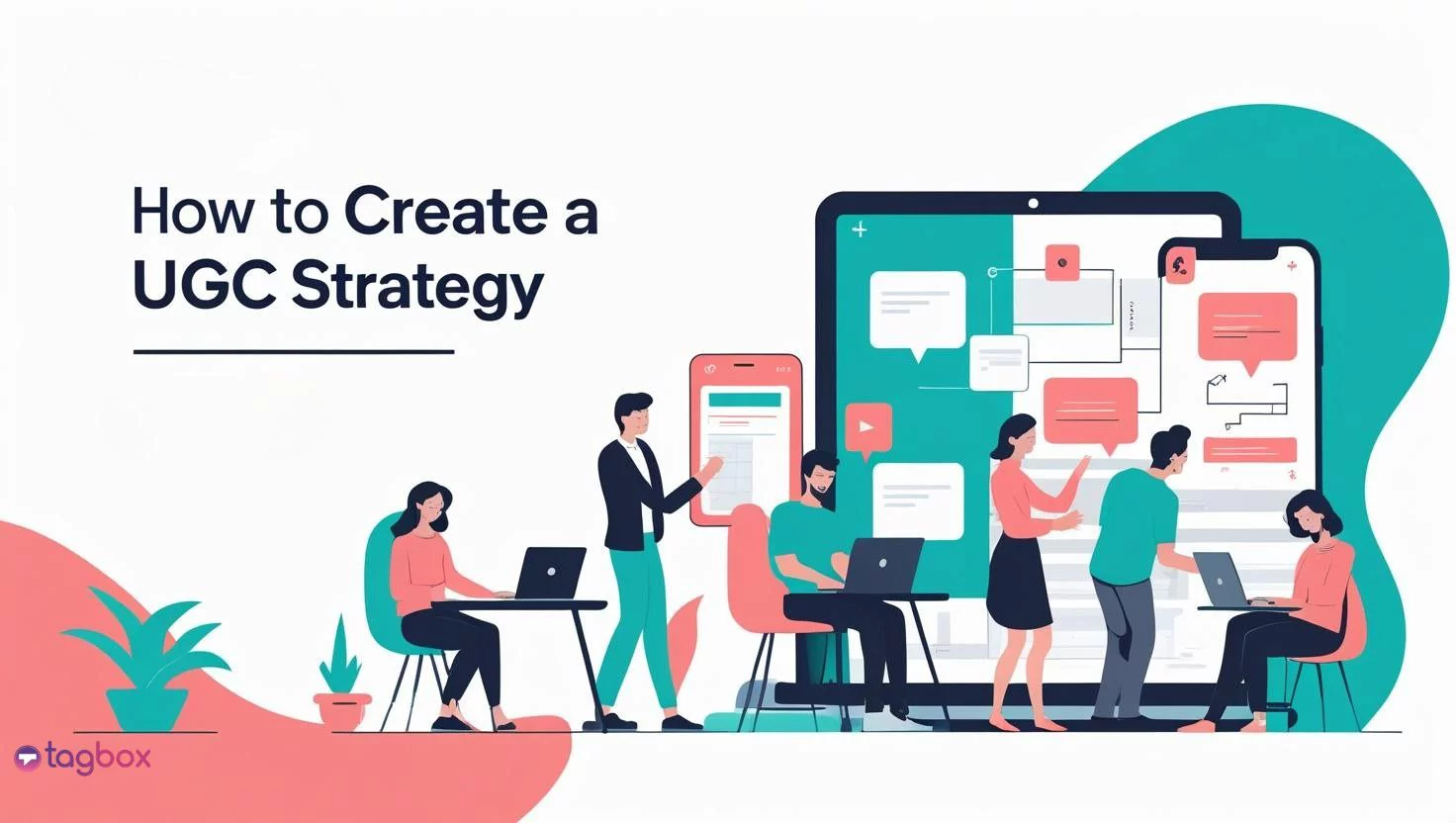Read summarized version with
In recent years, user-generated content and influencer-generated content have become essential to businesses’ marketing plans. The impact that they have created for brands and businesses is unparalleled.
As marketers, we must dig a little deeper and learn about them separately and comparatively. As we go further, we shall understand both these concepts and recognize why user-generated content is way ahead.
Surveys claim that 92% of users trust user-generated content more than traditional marketing. The reason is how authentic and reliable it is.
Continue reading to get a clear picture of both user-generated content and influencer content.
What is User-Generated Content (UGC)?
UGC is a form of content created by people on social media platforms such as Instagram, Twitter, Youtube, Tiktok, etc.
This content is created by existing customers who have experience with your brand and share their reviews through social media posts, reviews, ratings, and testimonials.
User-Generated Content (UGC) is organic content that allows brands to interact with customers and gather authentic information.
While UGC can be a great way to generate online buzz and engage with consumers, its ability to drive actual conversions is frequently limited by a brand’s existing popularity.
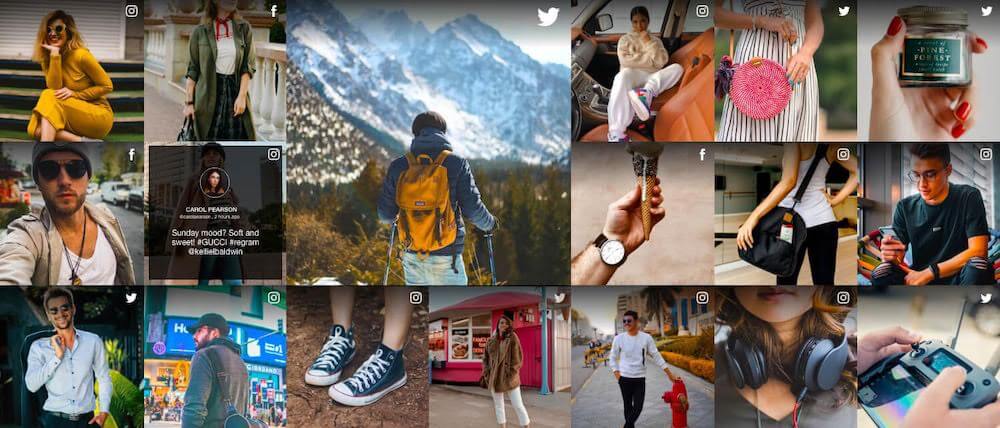
What is Influencer-Generated Content (IGC)?
Influencer-Generated content is content created by influencers hired by the brand. These influencers come into either a collaboration or an arrangement that benefits both parties.
They are experienced marketers and trusted industry leaders who hold the potential to direct users towards or away from the brand.
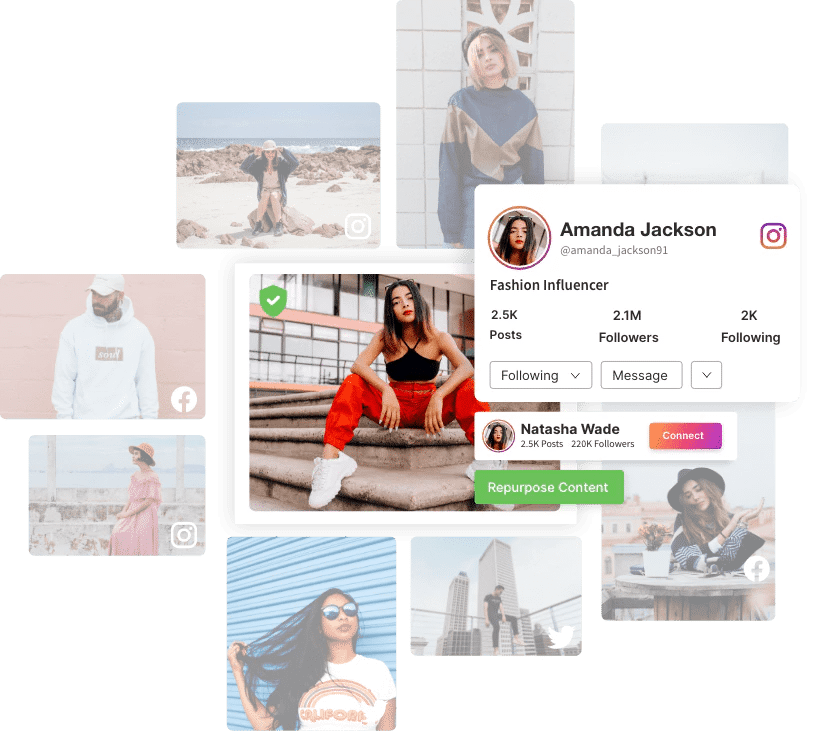
Content Creator vs Influencer
Customers want authentic and reliable content. Honest customer reviews have never been more important than now.
The rise in UGC is shedding light on how the influencer marketing industry has previously operated. TikTok has played and will continue to play a significant role in this shift.
Influencers are still important in social media marketing, but they may not be the mainstay of your success. It is now more important than ever to partner with the right influencer, and brands must tread carefully when analyzing each influencer.
This should include a thorough examination of all of their social channels as well as any previous brand collaborations.
While UGC has not yet surpassed influencer marketing, it is quickly catching up, and no one can deny that it has altered the way we as marketers play the game.
| Feature | User-generated Content | Influencer-generated Content |
|---|---|---|
| Cost Effective | UGC is less expensive and easier to manage for smaller brands or those just getting started than investing in larger-scale brand awareness campaigns. | Influencers only collab with brands that are willing to pay them a high price or exchange something of bigger value that many brands cannot afford. Making it a not-so-cost-effective aspect of their marketing strategy. |
| Brand Loyalty | Since consumers create content rather than official brand representatives, UGC fosters brand loyalty. Companies can increase customer trust by putting their audience first and encouraging them to contribute to the brand’s image-building. |
When you align your audience with an influencer, you create consumer excitement beyond a surface appreciation for your products. Influencers assist you in achieving brand loyalty based on your brand’s unique style. |
| Social Proof | User-generated content makes it easy for your brand to have a foothold on social media. The user-generated content created by your customers on social media can be embedded in e-commerce stores and websites to pass on social proof to your visiting customers. |
When influencers are considered experts in their field, the likelihood of social proof spreading increases even more. When we are unsure about our decisions, we tend to look to others for guidance, and when that person is someone we respect or admire, their credibility is enhanced. |
| Negative Content | Displaying negative reviews is critical to portray yourself as a genuine and transparent brand. It is a learning opportunity and when you respond to negative reviews and take necessary actions, you not only improve your brand but also encourage people to convert. | As influencers are hired by the brand, they form an agreement. This is why influencers content is rarely negative. It only benefits the brand and offers good publicity. |
| Unreliable Sources | A significant issue with UGC is the use of unknown and untrustworthy sources. Some people may be hesitant to trust a stranger with no authoritative background. | Brands and influencers agree for a collaboration only after looking at various factors like no. of followers, product relevancy, etc. This is why influencers are highly realiable sources. |
| Unreliable content | User-generated content is the most reliable and genuine form of content on the internet. It comes from authentic customers who have real-life experience with the brand, making it highly reliable. | The brand-influencer collaboration is based on spreading a good word around. Due to this, the content influencers post is not always genuine. Brands collaborate with influencers not only for better reach but for ensuring positive reviews as well. |
Why UGC Trumps IGC?
User-generated content is an authentic form of content that people can connect with on a personal level since it is created by people only.
Let’s understand through stats why UGC is better than IGC.
- Client data shows that when paired with “professional” or non-UGC images, User Generated images are more likely to convert customers.
- We discovered that after clicking on a User Generated photo, social users are five times more likely to make a purchase.
- Consumers have found UGC 9.8x more impactful than influencer content while making a purchasing decision.
- 92% of consumers trust recommendations from other people more than any other source.
- Only 8% of consumers say influencer-created content highly impacts their purchasing decisions — down 23% from 2017.
- On video platforms, UGC videos get 10x more views than brand content.
The statistics are unequivocal. Whereas branded content provides information, user-generated content encourages interaction. User-generated content is genuine and influential, whereas influencer content appears staged and exhausted.
Examples Of User-Generated Content & Influencer-Generated Content
Over the years, there has been a series of UGC and IGC based campaigns that have caught people’s eyes. Let’s have a look at them.
Successful UGC Campaigns
- National Geographic’s Wanderlust Contest
National Geographic launched the Wanderlust contest in 2015 to increase brand awareness and development through photography-based UGC.
To enter the hashtag contest, users had to share their best nature photo with the hashtag #WanderlustContest.

The contest winner received a spectacular seven-day trip for two adults to Yosemite National Park from National Geographic.
This contest encouraged more people to get outside and increased National Geographic’s engagement rates.
- Coca-Cola: Share a Coke Campaign
The Share a Coke campaign, launched in 2011, featured hundreds of the most popular first names on Coca-Cola cans and bottles.
Customers were encouraged to find a bottle or can with their name on it and post a picture of it on social media using the hashtag #ShareaCoke.
The campaign inspired great examples of UGC, ranging from creative-directed Instagram posts to casual selfies.

Coca-Cola not only received more authentic content for its social networks, but it also allowed consumers to interact with the brand while expressing their creativity.
Successful Influencer Marketing Campaigns `
Let’s have a look at a few successful influencer marketing examples that have strongly spread the buzz about their brand.
- Planet Earth’s Favorite Vodka from Absolut
Absolut collaborated with several eco-conscious influencers across multiple social platforms. During the 2020 Influencer Marketing Awards, this campaign was named the Gold Winner for the Best Food and Drink Campaign after running for more than eight months.
The campaign used the hashtag #AbsolutePlanet to show how we can all be more environmentally friendly.
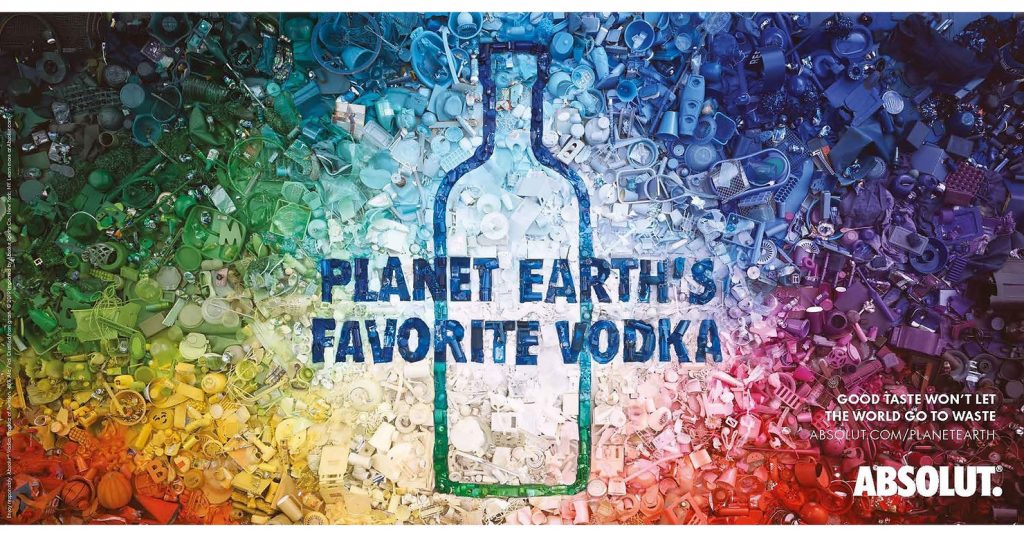
By the end of the campaign, 95 influencers had shared 612 posts, resulting in over 8.6 million social media engagements.
- Dunkin’ Donuts And Charlie D’Amelio
When TikTok became popular, teenager Charli D’Amelio jumped on board and quickly became well-known for her dance videos. She signed a deal with Dunkin’ Donuts in 2020.
She frequently posts videos of herself drinking her signature drink, “The Charli,” and eating donuts.
NO WAY! @dunkindonuts pic.twitter.com/0mjxtgpUYy
— charli (@charlidamelio) February 3, 2020
This collaboration resulted in a 57% increase in people downloading the Dunkin’ app, assisting the popular donut franchise in selling hundreds of thousands of drinks.
Leverage User Generated Content for Your Brand
Check Out – Social Proof Examples
How brands are using social proof in their marketing
Wrapping Up!
UGC content creator vs influencer both hold their own set of qualities but UGC holds a little edge over IGC as we see through the information above.
Brands & businesses that leverage user-generated content in their marketing strategy can achieve their objectives across multiple marketing channels.
We tried to pass on all the major information, now it’s up to you to find out which type of content suits your business objectives best.




